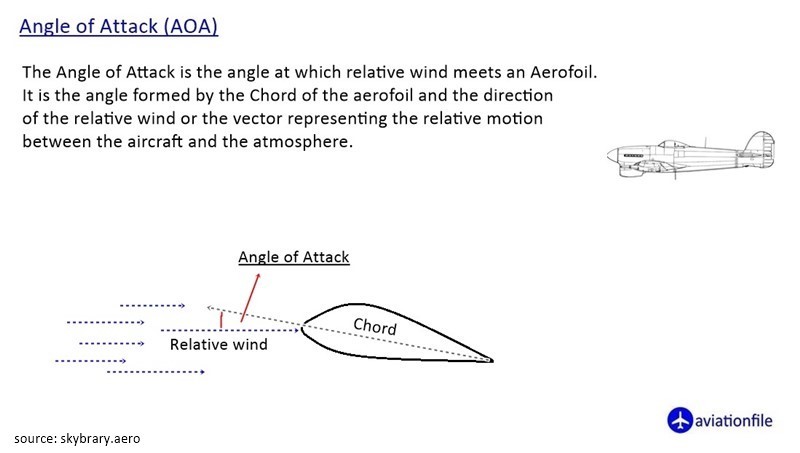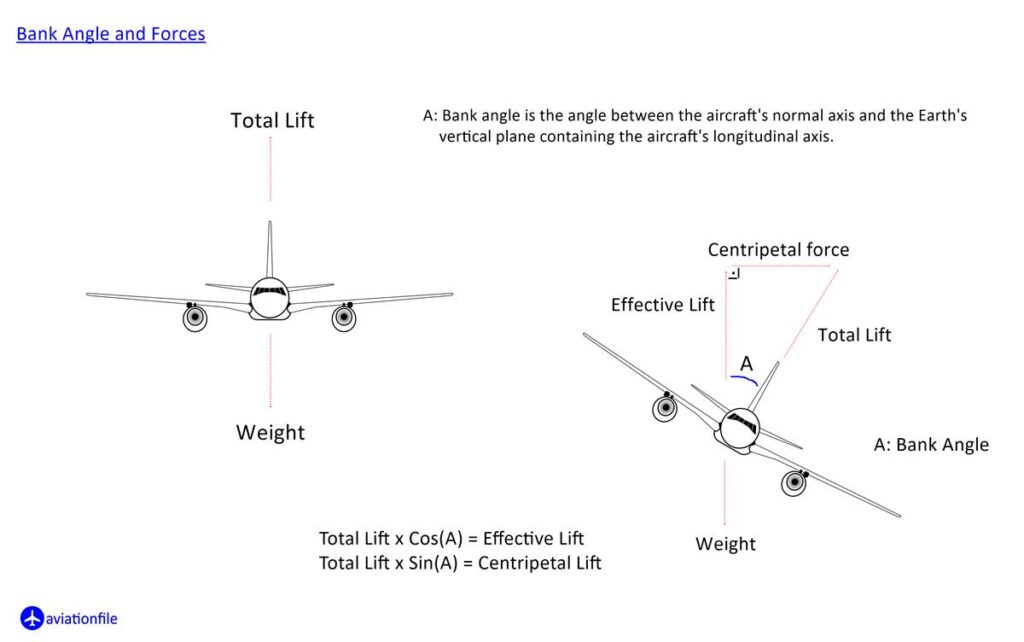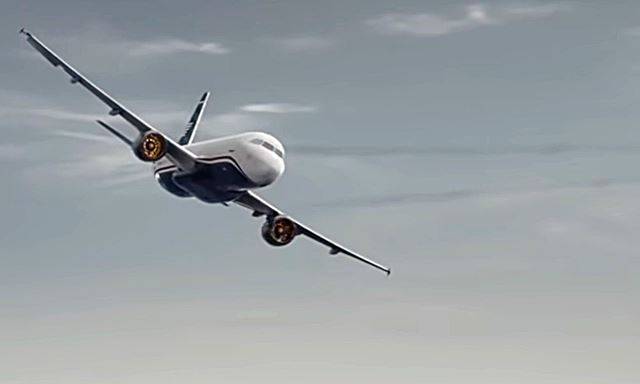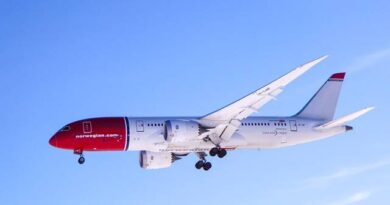Understanding Stall Speed: The Minimum Speed to Keep You Flying Safely
Stall speed is the minimum speed at which an aircraft can maintain level flight or the minimum steady flight speed at which the airplane is controllable, meaning that the lift generated by the wings is no longer sufficient to counteract the weight of the aircraft. At this speed, the wing’s angle of attack becomes too high, and the airflow over the wing separates, causing a loss of lift and a sudden drop in altitude. This is known as an aerodynamic stall and can be very dangerous, especially at low altitudes or during takeoff and landing.

Stall speed is influenced by several factors, including the weight of the aircraft, the shape and size of the wings, and the density of the air. It also varies with the bank angle, as turning the aircraft increases the load on the wings and thus increases it.
Factors Affecting Stall Speed: Weight, Design, and Density
Knowing SS isn’t enough. Several factors significantly influence an airplane’s stall speed:
- Aircraft weight: Heavier airplanes require more lift to stay airborne, resulting in a higher stall speed. Imagine a heavy bird versus a hummingbird – both need lift, but the hummingbird with its lighter weight can fly much slower.
- Wing design: The size, shape, and configuration of an airplane’s wings play a major role. Larger wings or those with high-lift devices like flaps can generate more lift at slower speeds, lowering stall speed.
- Air density: Air density affects how much lift wings can generate. Thinner air at higher altitudes offers less resistance, requiring the airplane to fly faster to achieve sufficient lift, raising stall speed.

Air France Flight 447 (2009)
Air France Flight 447, en route from Rio de Janeiro to Paris, experienced a fatal collision due to stall speed. The Airbus A330 encountered a severe weather system, causing unreliable airspeed indications. The crew failed to recognize the impending stall and respond appropriately, resulting in the aircraft entering an aerodynamic stall and subsequently crashing into the Atlantic Ocean. All 228 passengers and crew members lost their lives. This tragic incident emphasizes the criticality of stall recovery training and the necessity of maintaining accurate airspeed data.
Stall speed is an important parameter for pilots to know, as it helps them to determine the appropriate speed for takeoff and landing, and to avoid stalls during flight. Manufacturers determine the stall speed of an aircraft through flight testing and provide this information in the aircraft’s performance data. Pilots must also take into account the effects of weather, altitude, and other factors that can affect the aircraft’s performance.
References:
- National Transportation Safety Board (NTSB): The NTSB may have information, reports, or updates related to Air France Flight 447. Their website (www.ntsb.gov) can be a valuable resource for accessing official reports or statements.
- International Civil Aviation Organization (ICAO): The ICAO could have information related to Air France Flight 447 or related incidents. Their website (www.icao.int) offers a range of resources, including accident reports and safety information.



